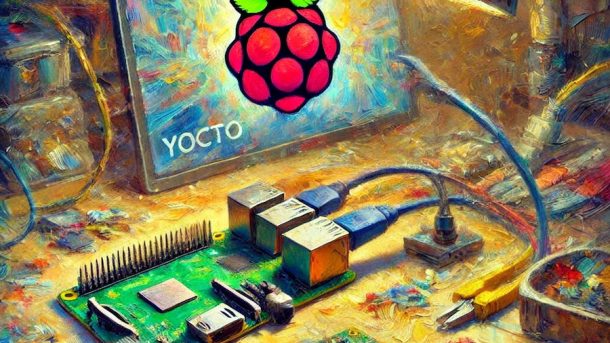Let’s continue measuring where we left off, move from the bootloader side to the kernel world, and try out the IMA, integrity measurement subsystem in Linux.
Continue reading...measured boot
Raspberry Pi 4, LetsTrust TPM and Yocto
Getting LetsTrust TPM module working with Yocto was fairly simple but there were a few things I learned along the way that may be worth sharing.
Continue reading...Yocto Hardening: Measured Boot
So far we have mostly been focusing on hardening the kernel and userspace, but this time we will zoom out a bit and take a look at securing the entire system.
Continue reading...






